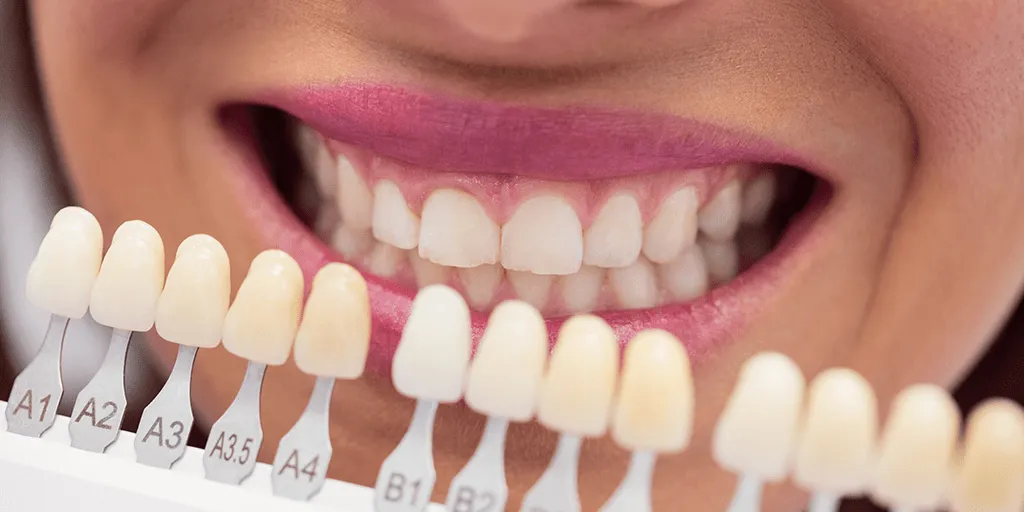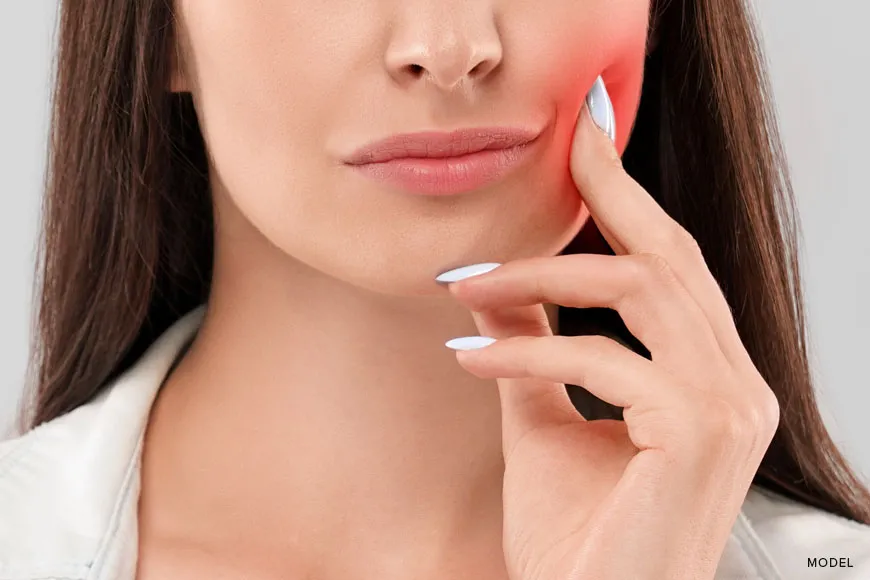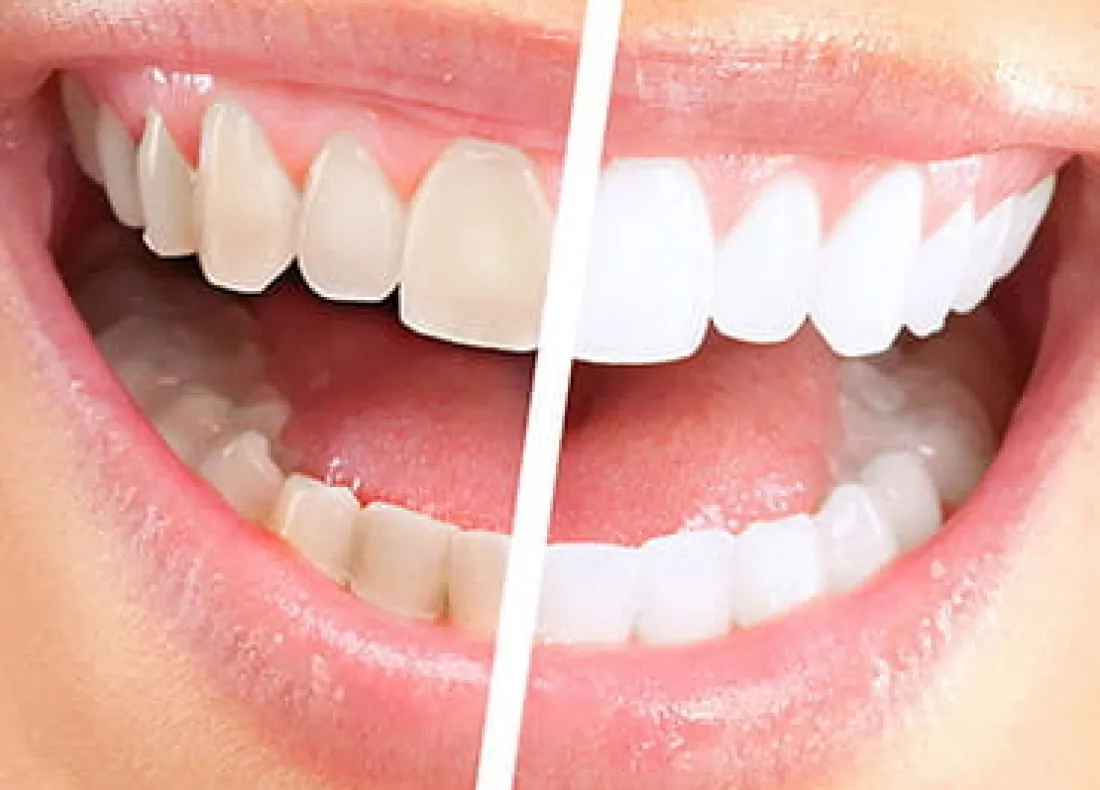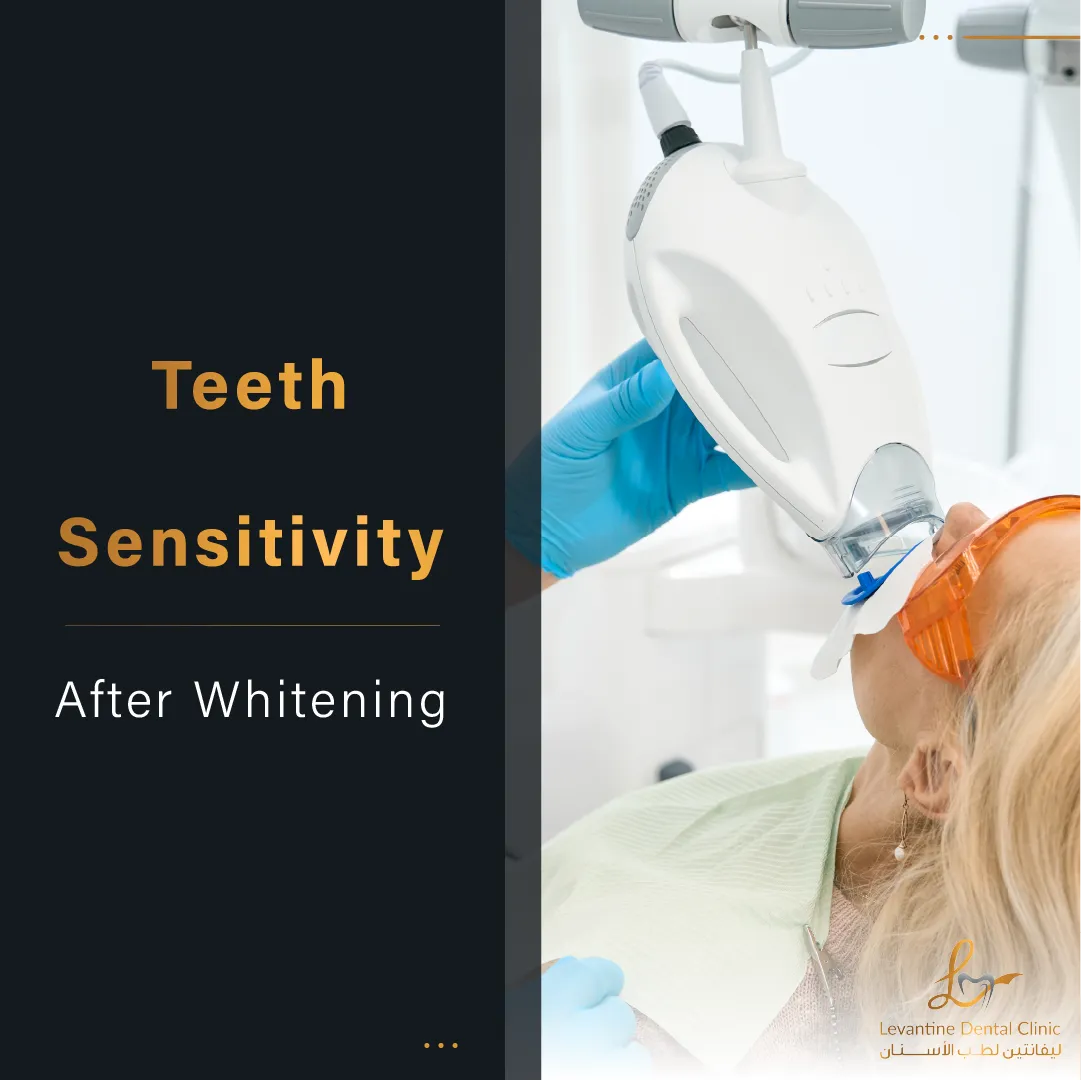What Causes Teeth Whitening Sensitivity
Teeth whitening has become a popular cosmetic procedure, promising a brighter, more confident smile. However, a common side effect is teeth sensitivity. This discomfort can range from mild twinges to sharp, intense pain, making it crucial to understand the underlying causes. Many individuals considering teeth whitening are concerned about the potential for increased sensitivity. Understanding these factors is essential to make informed decisions about pursuing teeth whitening treatments and mitigating any potential discomfort. This article will delve into the science behind sensitivity, explore the common causes, and provide actionable tips for managing and preventing this often-unpleasant side effect. Addressing the root causes can significantly improve the whitening experience, making it more comfortable and effective.
The Science Behind Sensitivity
Tooth sensitivity primarily arises from the structure of our teeth. Enamel, the hard outer layer of the tooth, protects the underlying dentin. Dentin contains microscopic tubules that lead to the tooth’s pulp, where nerves reside. When these tubules are exposed or irritated, external stimuli like heat, cold, or whitening agents can stimulate the nerves, leading to sensitivity. Whitening treatments often involve the use of bleaching agents, which penetrate the enamel and dentin to break down stain molecules. This process can temporarily weaken the enamel and irritate the nerves, causing sensitivity. The degree of sensitivity varies depending on individual factors, the whitening method used, and the concentration of the bleaching agent.
How Whitening Agents Work

Whitening agents work by penetrating the enamel and dentin to reach the discolored molecules. The most common whitening agents are hydrogen peroxide and carbamide peroxide. These chemicals break down into smaller molecules that lift the stain, resulting in a brighter tooth appearance. The process involves oxidation, where the oxygen molecules from the peroxide react with the stain molecules, breaking them apart and making them less visible. However, during this process, the bleaching agents can also cause temporary changes in the tooth structure, leading to increased permeability of the enamel and irritation of the dentin tubules, thereby causing sensitivity. The concentration of the whitening agent and the duration of exposure can significantly impact the degree of sensitivity experienced.
Why Sensitivity Occurs
Sensitivity occurs because the whitening agents can irritate the nerves within the teeth. The peroxide molecules pass through the enamel and dentin, affecting the pulp. This irritation causes the nerve endings to become more sensitive to external stimuli. Furthermore, the whitening process can temporarily dehydrate the teeth, making them more porous and susceptible to sensitivity. This dehydration can also lead to microscopic cracks in the enamel, further increasing sensitivity. The effects are usually temporary, with the tooth returning to normal as it rehydrates and remineralizes. However, understanding the mechanisms behind sensitivity helps in choosing appropriate preventative measures and treatment options.
Top 5 Facts About Teeth Whitening Sensitivity
Knowing the facts about teeth whitening sensitivity can help you manage your expectations and choose the best approach for your situation. Here are five key facts that will help you understand the process and what to expect. From common agents used to the different treatment options and how to minimize sensitivity, these points will allow you to make informed decisions and maintain a bright smile. Understanding each aspect of these five facts provides a comprehensive overview of how to deal with the sensitivity that teeth whitening can sometimes cause.
Fact 1 Common Whitening Agents

The most commonly used whitening agents are hydrogen peroxide and carbamide peroxide. Hydrogen peroxide is the active ingredient used in many professional whitening treatments. Carbamide peroxide breaks down into hydrogen peroxide and urea. The concentration of these agents varies depending on the type of treatment. Higher concentrations are used in-office, while lower concentrations are typical for at-home kits. The effectiveness of the whitening treatment depends on the concentration and duration of exposure to these agents. Understanding these agents is crucial to comprehending how they can affect your teeth and cause sensitivity. Both agents, while effective, can lead to varying degrees of sensitivity depending on their concentration and the individual’s tooth structure and sensitivity levels.
Hydrogen Peroxide
Hydrogen peroxide is a potent bleaching agent widely used in professional teeth whitening treatments. Due to its high concentration, it offers rapid and effective whitening results, often achieved in a single office visit. However, because of the high concentration, it can also lead to significant sensitivity. Dentists carefully monitor the application of hydrogen peroxide to minimize the risk of discomfort. Protective measures, such as isolating the gums and using desensitizing agents, are often employed to manage potential sensitivity. Knowing the risks helps you decide if it’s the right choice for your teeth.
Carbamide Peroxide
Carbamide peroxide is a milder alternative, commonly used in at-home whitening kits. It breaks down into hydrogen peroxide and urea, releasing a lower concentration of hydrogen peroxide over time. This gradual release results in less immediate sensitivity. It is a popular choice for those who prefer a more gradual approach and have a lower tolerance for sensitivity. Though milder, carbamide peroxide can still cause sensitivity, and it’s essential to follow the instructions carefully to minimize discomfort. The gradual whitening process ensures the bleaching agent has less impact on the tooth’s nerves.
Fact 2 The Type of Whitening Treatment

The method used for teeth whitening significantly impacts the likelihood and severity of sensitivity. Professional in-office treatments and at-home kits involve different approaches and levels of bleaching agents. The type of whitening treatment chosen will greatly influence the level of sensitivity experienced and the time frame in which the teeth become whiter. Understanding the differences between these methods is essential for making an informed choice and preparing for any potential discomfort. The best way to approach whitening treatments is to educate yourself on the options so you can select the best one for your dental needs and sensitivity levels.
In-Office Whitening
In-office whitening uses high concentrations of hydrogen peroxide applied by a dentist. The treatment is fast, often resulting in dramatic results in a single session. However, due to the potent bleaching agents, in-office whitening tends to cause more significant sensitivity. Dentists take measures, like using protective gels and desensitizing treatments, to minimize the discomfort. This method is ideal for those seeking immediate results and are willing to tolerate some temporary sensitivity. Understanding the processes involved in this whitening treatment will help you prepare.
At-Home Whitening Kits
At-home whitening kits offer a more gradual approach. These kits typically use lower concentrations of carbamide peroxide or hydrogen peroxide. The lower concentration means less immediate sensitivity, but it requires more time to achieve the desired results. At-home options include custom-fitted trays or strips that are worn for a specific duration daily. This allows for flexibility and is often more cost-effective. Because of the lower concentration, sensitivity tends to be less severe. When used as directed, these kits are a convenient and generally well-tolerated option for many people wanting to whiten their teeth.
Fact 3 Pre-existing Conditions

Certain pre-existing dental conditions can increase the likelihood of sensitivity. Those with thin enamel, gum recession, or existing cavities are more prone to experiencing discomfort during and after whitening treatments. Before undergoing any teeth whitening procedure, it is important to have a dental examination to address any existing dental issues. The health of your teeth and gums will influence the sensitivity. By understanding the current state of your teeth, you can take the necessary precautions to minimize discomfort and maximize your whitening experience.
Thin Enamel
People with naturally thin enamel or those who have experienced enamel erosion are more susceptible to sensitivity. Enamel acts as a protective barrier, and when it is compromised, the underlying dentin and nerve endings become more exposed. Whitening agents can penetrate thin enamel more easily, causing greater irritation. Individuals with thin enamel should consider lower-concentration whitening options or consult their dentist about pre-treatment steps to strengthen the enamel. This ensures a safe and comfortable experience.
Gum Recession
Gum recession exposes the root surfaces of the teeth, which lack the protective enamel layer. This exposure makes the roots extremely sensitive. When whitening agents come into contact with the root surfaces, it can lead to significant discomfort. Individuals with gum recession should be cautious about teeth whitening. They should consult with their dentist to assess their suitability for whitening and to discuss strategies to protect the exposed root surfaces. Addressing any underlying gum issues before whitening is crucial to minimizing sensitivity.
Fact 4 How to Minimize Sensitivity

There are several ways to minimize sensitivity during and after teeth whitening. Using sensitivity toothpaste, undergoing fluoride treatments, and following your dentist’s instructions carefully can significantly reduce discomfort. Taking proactive measures can dramatically improve your experience, allowing you to achieve a brighter smile with minimal issues. Considering these steps can make your whitening treatment more enjoyable and help you maintain optimal oral health.
Using Sensitivity Toothpaste
Sensitivity toothpastes contain ingredients like potassium nitrate or stannous fluoride that help block the tubules in the dentin, reducing nerve stimulation. Using sensitivity toothpaste for a couple of weeks before and during the whitening treatment can help desensitize your teeth. Brushing with sensitivity toothpaste twice daily and avoiding abrasive toothbrushes can help protect the enamel. Consistency in using sensitivity toothpaste as part of your oral hygiene routine is key to maximizing its benefits. Choose toothpaste designed to reduce sensitivity to prepare your teeth for the whitening process.
Fluoride Treatments
Fluoride strengthens the enamel and helps to block the dentin tubules, reducing sensitivity. Professional fluoride treatments administered by your dentist can provide a concentrated dose of fluoride. Fluoride varnishes can be applied before and after whitening sessions to minimize discomfort. Additionally, fluoride rinses can be used at home to supplement the professional treatments. These treatments provide an extra layer of protection against sensitivity and support the remineralization of the enamel. Using fluoride will help strengthen your teeth.
Fact 5 When to See a Dentist

While some sensitivity is normal, it is important to know when to seek professional dental care. If you experience severe or persistent pain, or if you notice changes in your tooth color, it is crucial to consult your dentist. These symptoms could indicate underlying dental issues that require immediate attention. Your dentist can evaluate your condition, provide appropriate treatment, and recommend alternative solutions. Professional guidance will ensure that you maintain optimal oral health and prevent any potential complications. Addressing any concerns promptly is essential for a healthy and beautiful smile.
Severe or Persistent Pain
Severe or persistent pain is not a typical side effect of teeth whitening. If you experience sharp, throbbing pain or discomfort that lasts for more than a few days, it is important to consult your dentist. This can indicate a more serious issue, such as an infection or other dental problems. Prompt diagnosis and treatment can prevent the condition from worsening. Your dentist may recommend alternative treatments or explore underlying dental issues.
Changes in Tooth Color
Changes in tooth color, such as the appearance of dark spots or uneven whitening, could indicate underlying dental issues. It is important to seek professional dental care to address any concerning changes. Other factors, such as cavities or other dental issues, may be present. Your dentist can diagnose the underlying cause and recommend appropriate treatments. Addressing these changes promptly will help maintain a healthy and attractive smile.
Long-Term Considerations & Alternatives
While teeth whitening can produce dramatic results, it’s important to consider the long-term effects and explore alternative solutions. If you have a history of sensitivity or are looking for a more permanent solution, alternative treatments may be more suitable. Before deciding on a teeth whitening procedure, consider your specific needs and dental history, and talk to your dentist about the best options. This will ensure that you select a treatment that meets your needs and provides long-term satisfaction.
Alternatives to Whitening
Several alternatives to teeth whitening can improve the appearance of your smile. Professional cleaning and dental veneers are a few options to consider. Depending on your specific needs and preferences, these alternative treatments may provide more lasting results and reduce the risk of sensitivity. Consulting with your dentist can help you explore the best solutions.
Professional Cleaning
Professional cleaning removes surface stains and plaque, which can improve the brightness of your teeth. This process will brighten your teeth by removing external stains, such as those caused by coffee or tea. Regular cleanings can enhance your smile and maintain good oral health. A dental hygienist will remove these stains and polish your teeth, resulting in a fresher and brighter appearance. Although it is not a whitening treatment, it can still significantly improve the overall appearance of your teeth.
Veneers
Dental veneers offer a long-term solution for teeth discoloration and other cosmetic issues. These thin, custom-made shells are placed over the front surface of your teeth, providing a natural-looking, bright smile. Veneers are resistant to staining and can also correct imperfections like chips, cracks, and gaps. This option is suitable for those seeking a durable and dramatic transformation and are willing to accept some small changes to their natural teeth. With proper care, veneers can provide a long-lasting, attractive smile.
Conclusion
Teeth whitening can be a very effective procedure for improving the appearance of your smile. However, understanding the causes of sensitivity and taking preventative measures can ensure a more comfortable and satisfying experience. By being informed about the process, the potential side effects, and the various options available, you can make confident choices that align with your dental health needs and desired results. Always consult with your dentist to discuss your concerns and create a personalized plan that considers your unique dental history and sensitivity levels. This collaborative approach ensures that you achieve a brighter, more confident smile while also maintaining optimal oral health.
